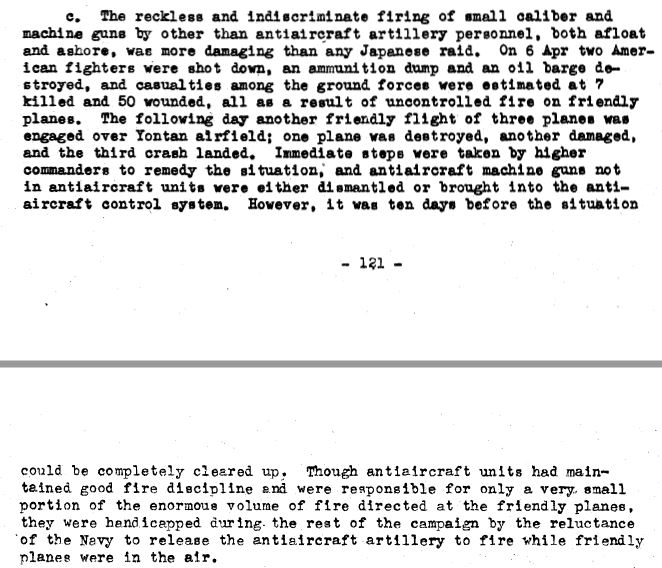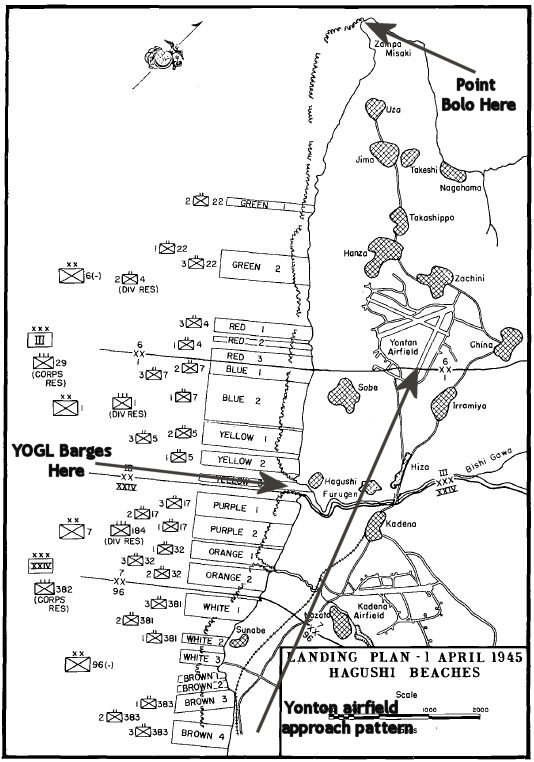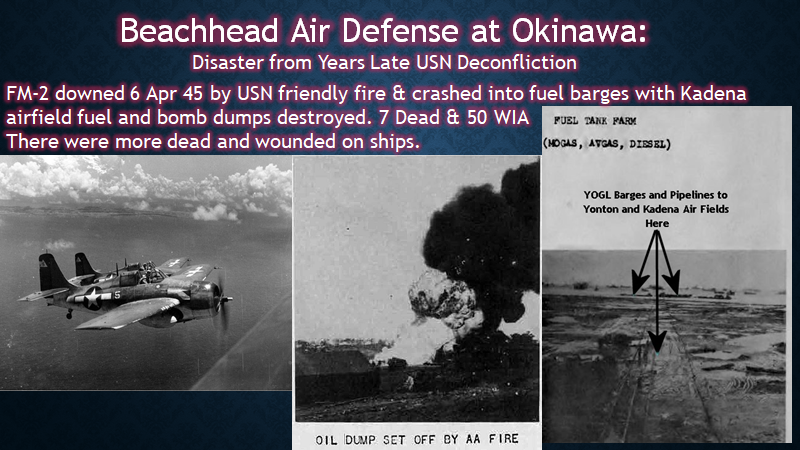
@tac_air_power @ReassessHistory Mr. Powell,
Has anyone told you that you make a great straight man?
The Chennault "1933 exercise system" was used in combat in China WITH GREAT SUCCESS by the Flying Tigers & later 14th AF.
Has anyone told you that you make a great straight man?
The Chennault "1933 exercise system" was used in combat in China WITH GREAT SUCCESS by the Flying Tigers & later 14th AF.
@tac_air_power @ReassessHistory In fact, the Japanese Army in China both copied Chennault's ground observer system and improved upon it.
The following is from this document:
afhra.af.mil/Portals/16/doc…
The following is from this document:
afhra.af.mil/Portals/16/doc…

@tac_air_power @ReassessHistory The IJA needed to protect its trains from 14th AF raiding. They blanketed China with both ground observers & radar. Then fed the information into filter centers that warned the trains.
Shades the 1999 Serb F-117 shootdown, the IJA had observers watching 14th AF air fields.
Shades the 1999 Serb F-117 shootdown, the IJA had observers watching 14th AF air fields.

@tac_air_power @ReassessHistory To make it even more interesting, the IJA built revetments on railways, railway sidings & in switching yards for their locomotives to take cover in as protection from strafing & bombing!
The Germans were not that smart in 1944 versus Allied airpower!
The Germans were not that smart in 1944 versus Allied airpower!

@tac_air_power @ReassessHistory As for your "standing air patrols were the only alternative to radar" comment. Whether you are aware of it or not. You are conflating the Sept 1940 threat environment after Norway & France fell to the 1932 to Aug 1939 threat environment RAF Fighter Command was planning for.
@tac_air_power @ReassessHistory In one photo, this was the result of UK threat planning the 1932 to April 1940 period.
The RAF anticipated having to defend Great Britain against massed formations of unescorted enemy bombers on one threat vector over the North Sea.
The RAF anticipated having to defend Great Britain against massed formations of unescorted enemy bombers on one threat vector over the North Sea.

@tac_air_power @ReassessHistory You needed neither radar not standing fighter patrols to deal with such threats. Picket boats with radios could do the job in 1932 - 1940 just fine.
In fact, picket boat No. 23 Nittō Maru, a 70-ton patrol craft, did that on April 16, 1942.
The 1st the Doolittle raid task...
In fact, picket boat No. 23 Nittō Maru, a 70-ton patrol craft, did that on April 16, 1942.
The 1st the Doolittle raid task...

@tac_air_power @ReassessHistory ...force knew of the picket boat was when it started transmitting. (Typo note: 18 Apr, not 16 Apr 1942)
A screen of @AC_NavalHistory "Dog boats" in the North Sea and a RAF Wireless Observer Unit system deployed in Northern France would have been sufficient for the early warning
A screen of @AC_NavalHistory "Dog boats" in the North Sea and a RAF Wireless Observer Unit system deployed in Northern France would have been sufficient for the early warning
@tac_air_power @ReassessHistory @AC_NavalHistory ...for the 1932-April 1940 German bomber threat.
RAF Fighter Command did not think that way because wireless observers in RN Dog boats would have been a threat to Fighter Command's depression era budget.
Radar was an innovation that kept Fighter Command's budget intact.
RAF Fighter Command did not think that way because wireless observers in RN Dog boats would have been a threat to Fighter Command's depression era budget.
Radar was an innovation that kept Fighter Command's budget intact.
@tac_air_power @ReassessHistory @AC_NavalHistory This brings up the point that military innovation happens for a lot of reasons. The German manpower bind was such pre-WW2 that Radar for them was a labor saving device.
The Luftwaffe innovated with radar was it reduced the manpower demands of visual air defense ground observers.
The Luftwaffe innovated with radar was it reduced the manpower demands of visual air defense ground observers.
@tac_air_power @ReassessHistory @AC_NavalHistory The need to reduce the manpower demand for ground observers was something the Luftwaffe learned in the Spanish Civil War.
@tac_air_power @ReassessHistory @AC_NavalHistory The radar narratives of WW2 handed down in the institutional histories were 1st & foremost written to serve the Flag rank career & budget goals of the military services writing those histories at publication time hack.
They don't necessarily represent the truth.
They don't necessarily represent the truth.
• • •
Missing some Tweet in this thread? You can try to
force a refresh











